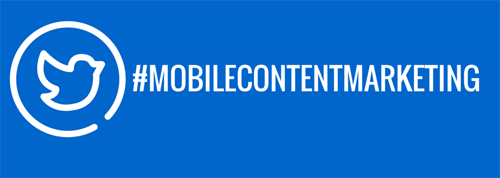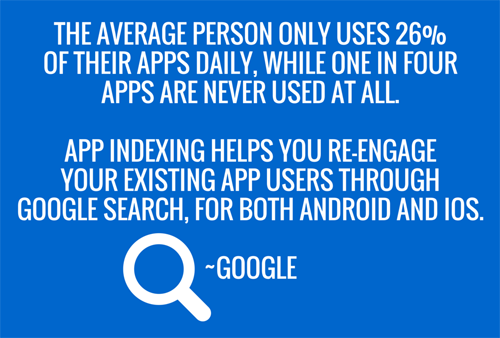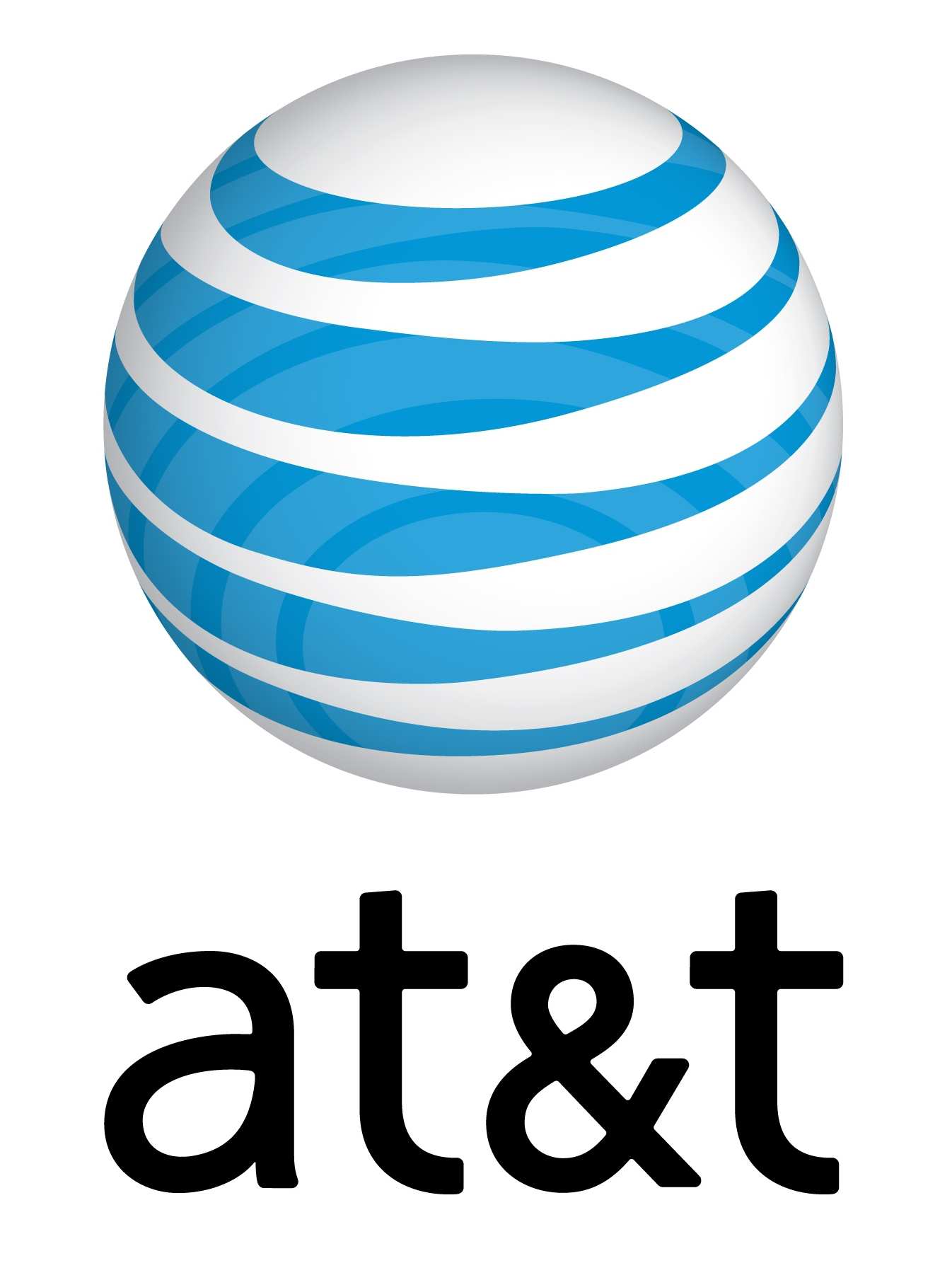Marketing Focus 2016: The Intersection of Content and Mobile

At the start of 2015, the phrase "mobile content marketing" didn't even have a hashtag, which is saying a lot in the age of Twitter.
Now, as we approach 2016, the intersection of content and mobile is primed to be the new cornerstone of marketing. And as for that hashtag, it does exist.

The juncture between mobile and content isn't as simple as just combining two words. There are a few key strategies to incorporate into a marketing plan to create the optimal mobile-content-powered customer journey that acquires, engages, activates and ultimately drives brand loyalty.
Personalization Practices
Personalization is no longer a luxury in the eye of the consumer. In 2016, it's a requirement. While customers spend more and more of their time on the Internet, and more of their Internet time is being access through the mobile device, they want to block miscellaneous spam ads on the small screen more than ever.
With the initiation of ad blocking technology in 2015, next year the only way to get to the consumer is not through spray-and-pray tactics, but through offering them the personalized content that they are asking for. This is made possible through mobile content hubs that can build custom customer profiles based off the data acquired through behavior such as search, product comparison and page visits.
Deep-Link
With the introduction of app-indexing by Google in 2015, search engine optimization (SEO) is no longer a strategy reserved only for a website content developer. Two can play this game, as mobile app content now has the ability to be crawled and pulled-up in search as well.
For the digital marketer in 2016, this means a further extension into the content powered customer journey through deep-linking capabilities between apps.

Incorporate Video
We saw the popularity of video on mobile in 2015, and 2016 is set to be the year that marketers are able to harness this trend to their benefit through mobile content marketing. The best way for mobile-savvy brands to take full advantage of consumers' time spent on video specific sites such as YouTube, is it incorporate its branded video content into its mobile app.
This eliminates the need to increase the budget to create app-specific content, and actually gets more bang for the marketing buck by allowing it to live in two places simultaneously-with mobile being the most accessed point. Ninety-two percent of consumers will watch a video in a brand's mobile app, which directly attributes to the increase of time spent in-app-two-minutes on average with video content, one minute 40 seconds without it.
Target the Right Audience
For a mobile content marketing strategy to be most effective, it must direct its content efforts to the right audience. This involves knowing the custom profile of the ideal consumer in terms of demographics, interests and hobbies, and catering to their needs accordingly, at the right time. This is achieved through a mobile strategy that is able to deliver specific geo-targeted content.
One big benefit of mobile is its ability to virtually be with the consumer at all times. This on-the-go accessibility allows for mobile content marketing to access a consumer's location in terms of city, state and DMA for specific messaging. It also allows for geo-fencing marketing tactics, which can track the latitude and longitude positioning of a user's phone, enabling brands to serve them an ad within a pre-determined radius. For example, if a consumer is driving near a brand's location, geo-fencing on mobile allows that brand to send them a discount coupon promoting the sale going on. This is a benefit to the consumer by enabling them to save money on a brand their mobile activity has proven they like, and the brand also benefits by driving a consumer in the door and furthering enhancing loyalty through customer appreciation.
The Time for Mobile Is Now
With mobile surpassing desktop use in 2015, 2016 will officially solidify the platform's prominence with consumers. With the hand-held device reigning superior comes the responsibility of brands to create content that enables consumers to take action in the same way they previously would on a website accessed through a PC. Distributing your content via mobile is key. The data that brands can collect via their users' mobile devices will be instrumental in understanding their consumers and responding with the most relevant content to provide the ultimate customer journey.
Through mobile content marketing a brand's mobile engagement time is able to spike, and the convenience it provides aides in building brand loyalty.
 As the Vice President of Marketing for Zumobi, Marla Schimke brings more than 17 years of experience in marketing leadership for both start-ups and Fortune 500 companies including Microsoft and Ernst & Young. She is a digital media pioneer who combines a unique blend of technology and marketing experience to successfully position cutting-edge solutions to media and consumer audiences.
As the Vice President of Marketing for Zumobi, Marla Schimke brings more than 17 years of experience in marketing leadership for both start-ups and Fortune 500 companies including Microsoft and Ernst & Young. She is a digital media pioneer who combines a unique blend of technology and marketing experience to successfully position cutting-edge solutions to media and consumer audiences.
Subscribe to Our Newsletter!
Latest in Mobile Marketing










